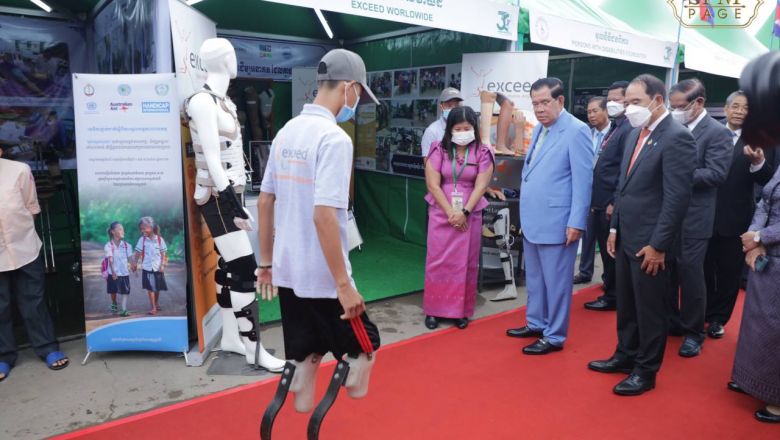High hopes as RCEP enters into force Jan 1
High hopes as RCEP enters into force Jan 1
The Regional Comprehensive Economic Partnership (RCEP) will enter into force on January 1, and local economists and businessmen expect huge benefits from one of the world’s largest free trade agreements.
The RCEP is an ASEAN initiative and has been under negotiation since 2012, and will boost Cambodia’s gross domestic product (GDP) an additional two per cent, increase exports by an extra 7.3 per cent and raise investment by an added 23.4 per cent, the Ministry of Commerce said in a statement last week.
Under the deal, the Kingdom will also receive preferential treatment for many important items, such as raw and processed agricultural products, as well as industrial goods.
Cambodia Chamber of Commerce vice-president Lim Heng said the more free trade agreements (FTA) the Kingdom is engaged in, the better.
In addition to the RCEP, the Cambodia-China Free Trade Agreement (CCFTA) is also due to enter into force next year, he noted.
He called for companies to restructure their Cambodian investments to maximise benefits from these agreements, which he described as stepping stones to bolster the Kingdom’s economic growth.
However, as a regional agreement, the RCEP also presents many challenges for Cambodia, notably competition with neighbouring countries such as Vietnam and Thailand which are also major agricultural exporters, he cautioned.
The Cambodian agricultural sector continues to be plagued by issues pning a wide range of areas such as irrigation, electricity prices, transportation, access to finance and lack of technology, he said.
“Agricultural goods are important and necessary commodities that will enjoy favour in the RCEP. But, in addition to exporting agricultural raw materials, we also need to know how to process the raw materials we have,” Heng suggested.
Royal Academy of Cambodia economics researcher Ky Sereyvath said the RCEP would allow the country to export all kinds of goods to the 15 signatories, which includes the 10 ASEAN countries.
“To boost Cambodia’s exports is to catalyse production through four main methods. Firstly, keep growth in the real estate market in check, because a large number of wealthy people turning away from agriculture could lead to more investment in real estate than agricultural production.
“Secondly, train more skilled workers. Thirdly, scale up the production of technology and the effective use of chemicals. And fourthly, reduce corruption in tax areas to create a more level playing field.”
Cambodia expects to reap other benefits from the RCEP as well, including in areas such as the transfer of technology, knowledge, know-how and skills from foreign direct investments, jobs creation to spur export and GDP growth, and the rapid revitalisation of the Covid-bruised economy.
The RCEP aims to create an open trade and investment environment to facilitate regional trade and investment expansion, and contribute to economic growth and global development.
The partnership is designed to be a core trade and investment framework to further expand regional value chains, bring market access and employment opportunities for businesses and people in the region.
The deal has a combined GDP to the tune of $26.2 trillion or 30 per cent of world GDP, engages 2.2 billion people or 30 per cent of the world’s population, and accounts for about 28 per cent of global trade.














